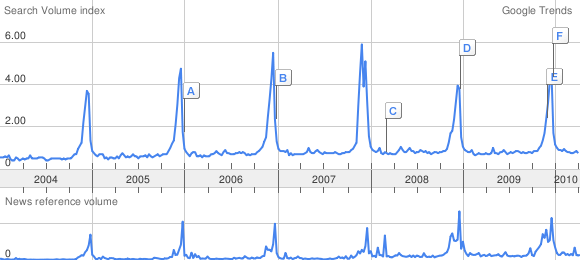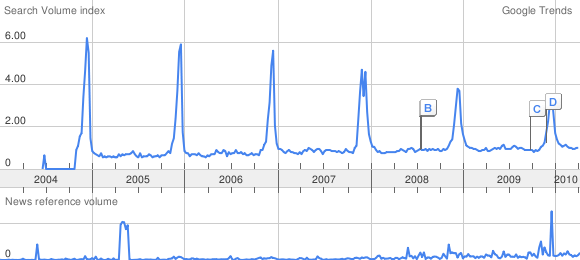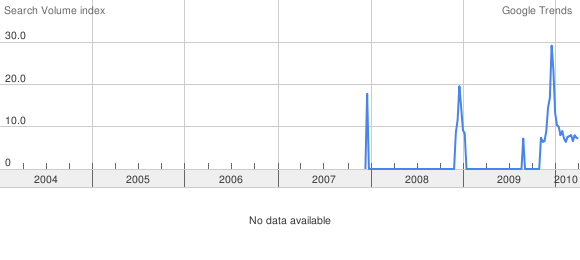Mail-in rebates are what gift cards wish they were. Let me explain.
Anyone who has tried to get a mail in rebate knows that the odds are against you. In fact, only somewhere between 20% and 40% of mail-in rebates are ever redeemed. Now, given that many people don’t bother with the mail-in rebate, that number is artificially low. But, as I can attest myself, it is extremely difficult to get your mail in rebate back, for a number of reasons, including the fact that it may just never show up after you’ve mailed it in, or you send the wrong part of the packaging to claim it, or the paperwork is filled out wrong in the smallest of ways … you get the idea.
Well, companies that offer rebated decided that they liked some of the provisions of gift cards so much they started offering rebate cards instead of checks. Now, in addition to it being really hard to get your rebate, once you get it, there are even more ways that you won’t be able to spend it. Rebate cards are essentially the same as gift cards except, since the government considers it free money, rebate cards DO NOT fall under the gift cards rules – pretty much any of them.
So, if you do get a rebate card, here are some tips to getting the most out of it. Probably the best tip is SPEND IT IMMEDIATELY! Here is an excellent blog called RebateRemedy dedicated to getting the most out of rebates.




RSS